How They Get You to Accept the Unthinkable
The Overton Window
Have you ever looked around and wondered how society went from rejecting an idea to fully embracing it in what feels like no time at all? It’s not an accident. It’s a method. And it has a name: the Overton Window.
Who Created the Overton Window?
The concept of the Overton Window was supposedly developed by Joseph P. Overton, an American political scientist, who served as the senior vice president of the Mackinac Center for Public Policy in the 1990s. Overton wasn’t a politician; he was an observer of how ideas gain acceptance and how policies change over time. He noticed that, at any given moment, only a certain range of ideas is considered politically or socially acceptable. Ideas outside this window are seen as too radical or extreme—until, gradually, they’re not.

Joseph Overton supposedly died in a peculiar accident at 43, just months after his marriage, when his ultralight aircraft crashed shortly after takeoff in Michigan. Following his death, the State Policy Network created the Overton Award, a rare honor given to select nonprofit leaders. Considering how long the Overton Window concept has been in play and the odd nature of his passing, one can only wonder what really happened (or who he really was).
How It Works
The Overton Window describes a sliding scale of acceptability. Imagine a spectrum:
Unthinkable – Ideas considered too extreme to even discuss seriously.
Radical – Concepts still far outside the mainstream but gaining some traction.
Acceptable – Ideas that start entering public debate, even if controversial.
Sensible – The idea is now seen as reasonable and legitimate.
Popular – The majority agrees, and policymakers start taking action.
Policy – The idea is now law or widely implemented.

Governments, media, corporations, and activists use this framework—sometimes intentionally—to shift public opinion and normalize what was once unacceptable. An example is the social acceptability of homosexuality decades ago…

Versus this today…
How They Move the Window
Shifting the Overton Window can take years or even decades, but certain tactics accelerate the process:
Radical Introduction: The most extreme version of an idea is floated, even if it seems absurd. The goal isn’t immediate acceptance but to make less extreme versions seem more reasonable by comparison.
Media Repetition: Once an idea is in the public sphere, media outlets cover it repeatedly, gradually making it part of the normal discourse.
Crisis Utilization: Major events (pandemics, wars, financial collapses) create opportunities to push ideas that previously would have been rejected.
Legitimization Through Experts: Academics, scientists, or industry leaders begin endorsing the idea, making it appear credible and necessary.
Social Pressure: Once an idea reaches the “acceptable” stage, those who resist may be labeled outdated, uneducated, or even dangerous, pressuring them to conform.
The Overton Window Beyond Politics
While the Overton Window is often discussed in political contexts, it applies to many areas of life, including culture, science, business, and social norms. It describes how public perception shifts over time, making once-unthinkable ideas mainstream.
For example:
Technology: Smartphones were once a luxury, but now they’re essential. AI-driven surveillance, which once seemed dystopian, is increasingly accepted.
Health & Medicine: Procedures like cosmetic surgery or gender-affirming treatments were once taboo but are now widely available and even promoted.

Entertainment & Media: TV shows, movies, and commercials that would have been considered too risqué or controversial decades ago are now commonplace.
The key takeaway is that the Overton Window isn't just about government policies—it’s about how any idea moves from fringe to mainstream.

Vaccines, Ivermectin, and Hydroxychloroquine
The Overton Window has been at play in shaping public perception around vaccines, ivermectin (IVM), and hydroxychloroquine (HCQ)—especially during the COVID-19 era in response to the invisible and never really isolated or proven to cause illness COVID virus.

mRNA COVID Vaccines
Before 2020, the idea of rapidly developed mRNA vaccines with emergency use authorization was unthinkable for most people. However, the Overton Window shifted as follows:
Unthinkable – A global experimental vaccine campaign would have been dismissed outright.
Radical – As COVID spread, discussion of an expedited vaccine began, but many questioned its feasibility.
Acceptable – Operation Warp Speed normalized the idea of rushing a vaccine to market.
Sensible – Media and officials framed vaccines as the only solution to end lockdowns.
Popular – Social pressure and mandates ensured high adoption, and dissenting voices were suppressed.
Policy – Governments and businesses mandated vaccines for work, travel, and even social activities.
What was once experimental gene therapy (a term openly used in early mRNA discussions but what really is mRNA) became “safe and effective” within months.
Anyone questioning it was dismissed as “anti-science.” Even when people started to die suddenly post-vaccination, but ummm…yes…they are safe and effective. Get vaccinated. Do your part.
Ivermectin and Hydroxychloroquine
Conversely, early treatment options like ivermectin and hydroxychloroquine (HCQ) were subjected to the Overton Window in the opposite direction (and then back again if you didn’t get the jabbies):
Acceptable – Both drugs had been used for years and were available over the counter in many countries, despite numerous adverse effects.
Sensible – Early in the pandemic, some doctors suggested their use for COVID-19 treatment.
Radical – As soon as ivermectin and HCQ gained traction, media and officials dismissed them as unproven “horse dewormers” or “dangerous” making anyone against the vaccines to take these alternative and dangerous pharmaceuticals.
Unthinkable – Social media platforms supposedly banned discussions and doctors supposedly faced backlash for prescribing them. And then this Overton Window went right back in reverse for anyone unwilling to accept the COVID vaccines. ⬆️⬆️⬆️
This shift didn’t seem to be based solely on science, but on a narrative push. Treatments that were once deemed acceptable, despite their harmful side effects, were suddenly labeled as unthinkable to pressure people into accepting and taking the mRNA vaccines. At the same time, those who resisted the vaccines were directed toward these “alternatives” like ivermectin or hydroxychloroquine, which again also have numerous adverse reactions.
Then there are those who believe there are no viruses and don't trust any pharmaceutical products. These individuals don't align with either side of the vaccine/virus or ivermectin/HCQ/virus debate, both of which seem to be the only two widely accepted narratives in this mess, albeit much to the distress of the two opposing but pro-pharma and germ theory mainstream narratives. This perspective has seemingly effectively pushed the Overton Window of acceptable behaviors and thought patterns aside and is on the fringe of acceptable social behaviors or narratives.
What This Means for You
Understanding the Overton Window helps you recognize when and how your perceptions are being influenced. It’s a powerful tool used by those who shape policy and public thought. The next time you see an idea go from “crazy” to “common sense,” ask yourself: Who moved the window, and why?
Shoutout to TheEmmapreneur and her guest for bringing up the Overton Window and keeping the conversation going!




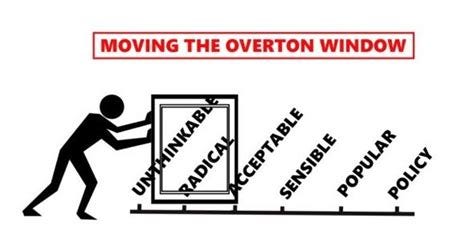




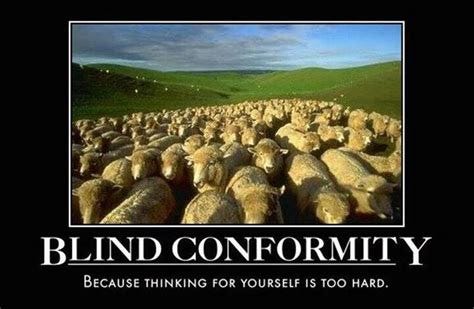




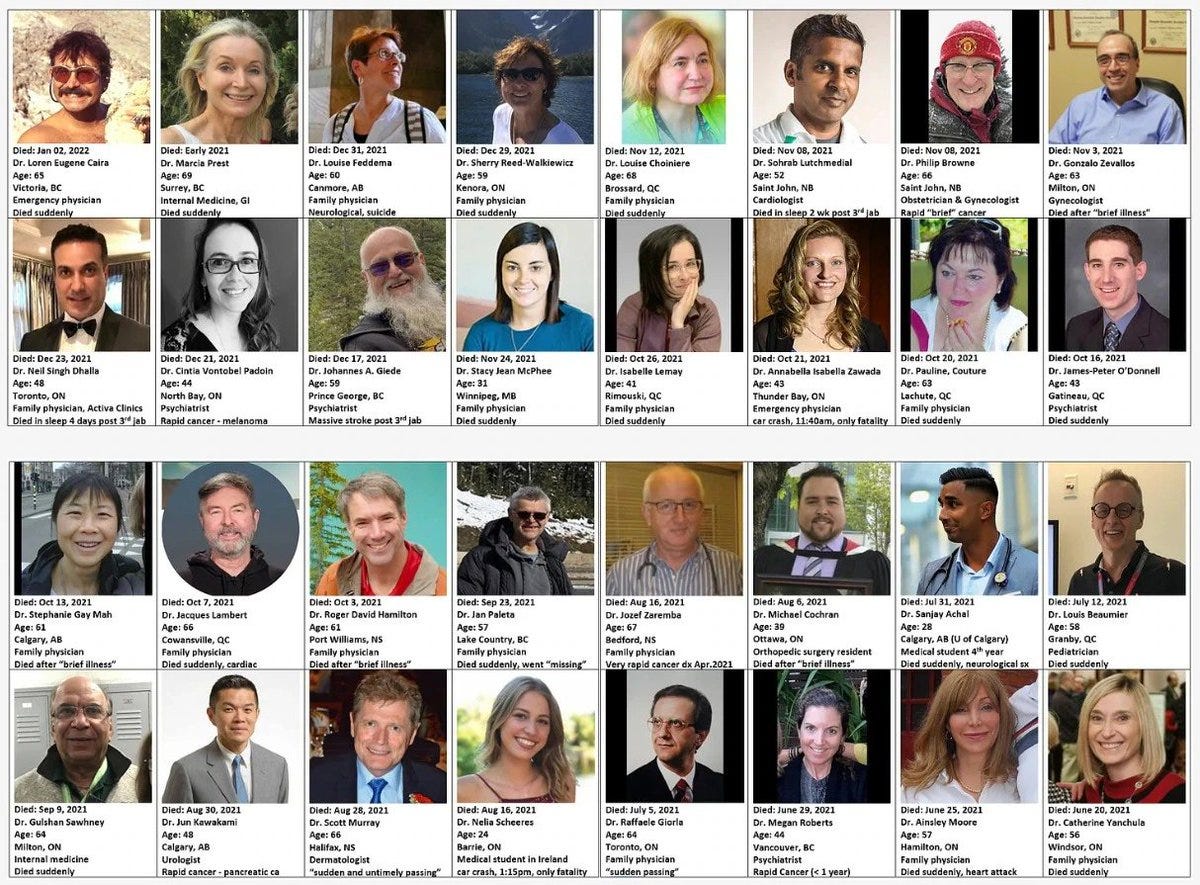



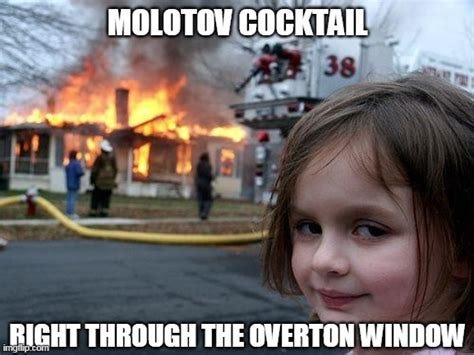
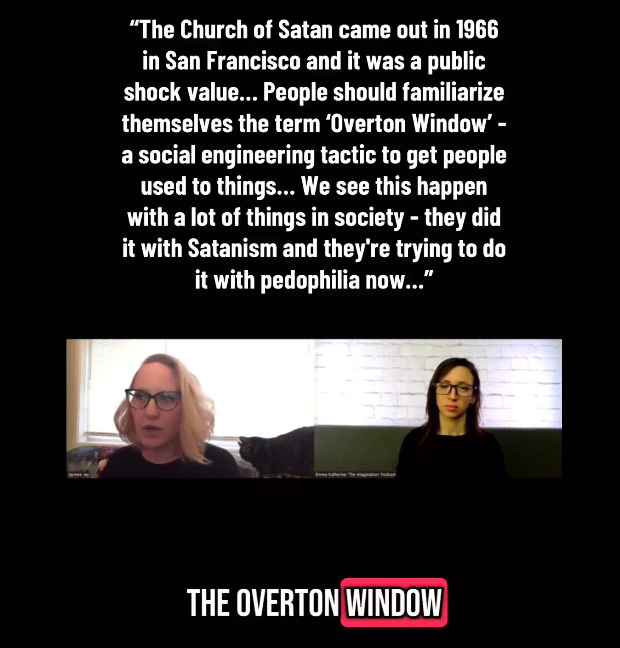
The Netherlands was the first country to legalize same-sex marriage in 2000. It was also the first country that legalized euthanasia in 2002, euthanasia without consent (Alzheimer patients etc.) and in 2006, legalized infanticide (Groningen protocol) up to 12 months after birth.
Furthermore they have normalized duo-euthanasia, assisted death after a botched gender-surgery, suicide pills for over 70’s.... It was also the first country to pioneer puberty blockers for minors (Dutch protocol) and there is a bill being debated where one child can be legally 'shared' by two gay couples or another combination of 4 adults.
This tiny country (which is only slightly larger than the US state of Maryland) has 32,675 marketing bureaus. If you want to know what will be heading your way.....keep your eyes on this little king and queendom (king is grandson of prince Bernhard, founder of Bilderberg and queen is daughter of Jorge Zorreguieta, who served during Argentina's last civil-military dictatorship).
I wrote an article about all the unspeakable things that are pushed in to the Overton window there, normalized and then exported to the global market, but I never finished it. Perhaps I should. Here's a few links for anyone in doubt. If anyone is looking for more sources, let me know.
https://www.telegraph.co.uk/news/2024/03/04/dutch-puberty-blockers-nhs-gender-hormone-treatment/
https://www.bbc.com/news/articles/c0jjq2vynq7o
https://doaj.org/article/b52c5855d3e2472c84ec9abffc175ff5
I think I'm a Molotov cocktail on the Overton Window type. That said the tactic is used everywhere to normalize the most reprehensible things like war and mass slaughter. Crisis is a favored tactic of politicians and their ilk to rapidly move the Overton window...good overview...